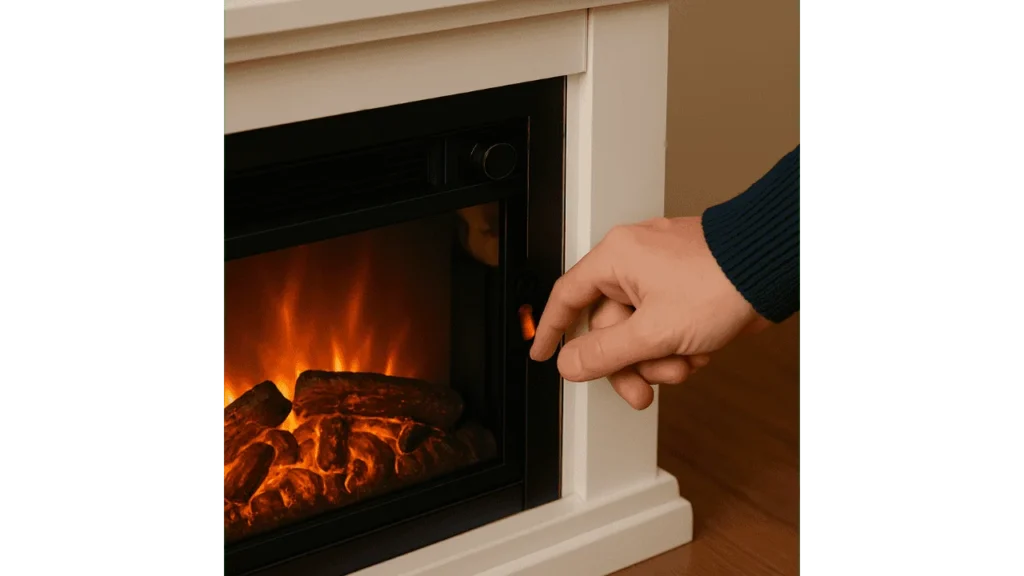Electric fireplaces bring warmth, convenience, and visual appeal to any room without the mess or maintenance of a traditional hearth. Whether you’re using a freestanding model or a wall-mounted unit, knowing how to operate it correctly ensures both safety and comfort. These fireplaces are easy to use, but understanding their controls and features can help you get the most out of your appliance.
“Electric fireplaces are designed for convenience, but a quick read of the manual can prevent hours of frustration,” says Lena Morris, home appliance technician at Fireside Comforts.
Understanding Electric Fireplace Basics
Electric fireplaces are designed to offer the ambiance of a traditional fireplace with the convenience of modern technology. These units operate using LED light effects and a heating element, often controlled by a remote or switch panel. Some models include thermostats, timers, and even simulated crackling sounds for a more immersive experience.
Step-by-Step Guide to Turning It On
Step 1: Ensure Power Connection
Begin by confirming that the fireplace is plugged into a working, grounded outlet. Avoid power strips or extension cords unless specified as safe by the manufacturer. If the fireplace doesn’t respond, check the circuit breaker to ensure it hasn’t tripped.
Step 2: Locate the Power Switch
Identify the power switch, which might be on the unit itself, on a nearby wall switch, or controlled through a remote. For built-in models, make sure any corresponding wall switch is turned on.
Step 3: Use the Remote or Control Panel
Press the main power button to activate the unit. Separate buttons may control the flame effect and the heater. Adjust the flame brightness and speed according to your preferences. Some models also allow for a “flame only” mode, offering visual appeal without heat.
Step 4: Activate the Heater
Turn on the heating function by selecting the desired temperature or heat level. Depending on the model, this might involve pressing a thermostat button or using a dial. Allow a few moments for warm air to circulate.
Step 5: Set Timers or Additional Features
Many electric fireplaces include timers for automatic shut-off. Use the remote or control panel to program your desired time setting. Some models may also include Bluetooth connectivity or app control for convenience.
Troubleshooting If It Doesn’t Turn On
If your electric fireplace refuses to power on, begin by checking the batteries in the remote, as they might need replacing. Next, confirm that the power outlet is working properly by testing it with another device. Many electric fireplaces include a reset button; look for it on your unit and press it if available. If the issue persists, consult the manufacturer’s user manual, which typically includes a list of specific troubleshooting steps for that model.
Read More: How to Install an Electric Fireplace Insert?
“It’s common for homeowners to overlook a simple tripped breaker or expired remote battery when an electric fireplace won’t start,” explains Nathan Briggs, certified electrician with HearthTech Installations.
Final Takeaways
Electric fireplaces are simple and efficient, offering customizable ambiance and heat at the push of a button. Ensuring a proper power connection, understanding your unit’s features, and troubleshooting common issues can help you enjoy a hassle-free experience. These fireplaces combine modern convenience with classic warmth, making them a reliable addition to any living space.
- 27 Farmhouse Fireplace Ideas That Bring Warmth & Charm - August 18, 2025
- 25 Fireplace Lighting Ideas to Illuminate Your Hearth - August 7, 2025
- How to Replace an Electric Fireplace Switch? - August 5, 2025



